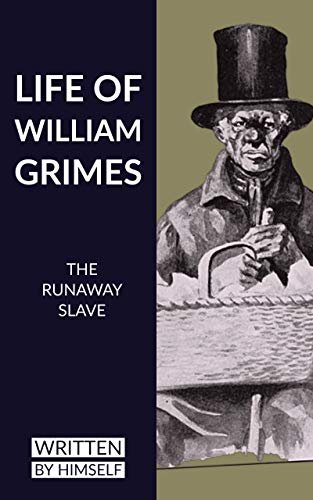William Grimes
In 1784, Benjamin Grymes, a White Planter in Georgia, had his way with an enslaved woman who bore a child named William. Being Mulatto, William sometimes garnered favor of keepers, but of other slaves he said, "I was a poor friendless boy with no connections." In 1794, he was sold for £65 ($8,500 today). He said, "It grieved me to see my mother's tears at our separation." He would be sold another 8 times.
In 1815, he stowed away in bales of cotton on a boat headed to New York. Narrowly escaping identification, he walked 80 miles to New Haven, then to New Bedford where he opened a barber shop. Facing racism, he was accused of assault by a woman angered by the voices of Black people coming from his shop; so he returned to New Haven and worked around Yale grooming scholars. He saved $50 ($850 today) and opened another shop in Litchfield, cutting hair of clergy including Governor Oliver Wolcott. Facing more accusations, he left Litchfield returning to New Haven. He again opened a business. His success threatened other business owners, so more accusations and threats.
In 1824, his former slave owner (Francis Wilman) found and threatened to return him to the South if he didn't purchase his freedom for $500 ($13K today). Having a net worth of $425, he went to the Governor for help. He received no real help, but the slave owner ultimately accepted the $425; William and his family now homeless and destitute.
In 1825, William published the first known slave narrative in the U.S. Though free, he was never again able to pull his family out of poverty. He ironically died 4 months after the Civil War which would have freed him; 3 years before the 14th amendment which would have given him citizenship. In 1825, he wrote, "Let it not be imagined that the poor and friendless are entirely free from oppression where slavery does not exist. This would be fully illustrated if I should give all the particulars of my life in Connecticut."
Whether North or South, there was oppression. This is also an early account of the complex dynamics of colorism. I urge you to read his memoir, “Life of William Grimes, the Runaway Slave“.


